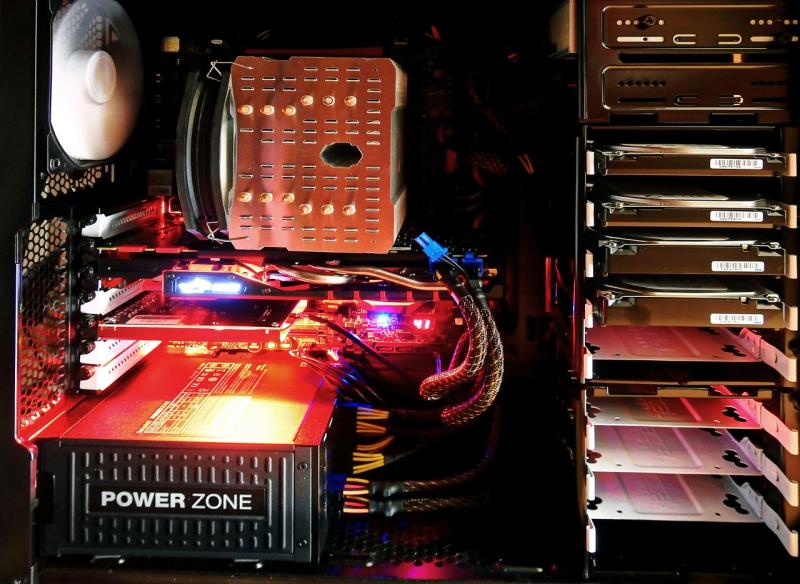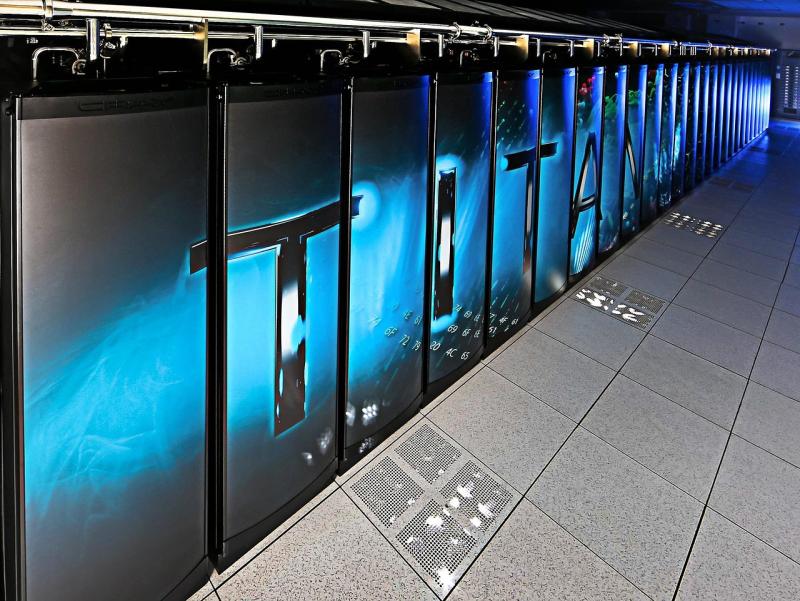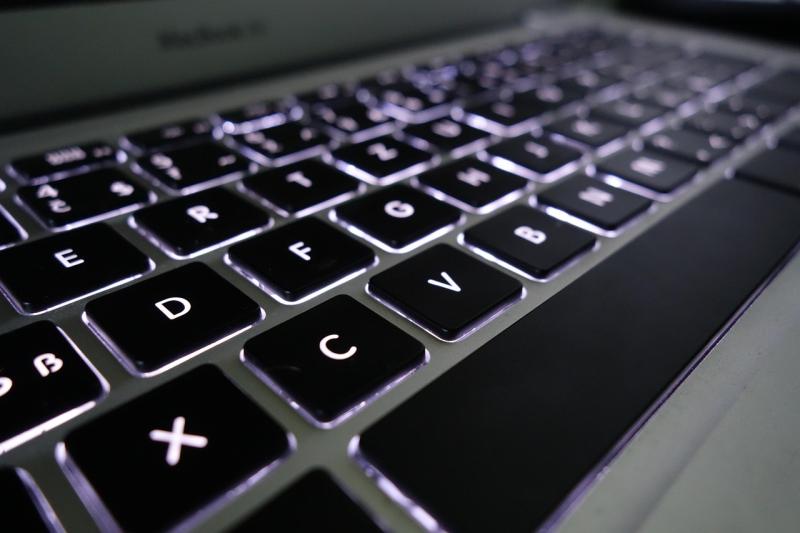Diagnosing and Resolving Common Build Issues
Custom PC builds are intricate systems that bring together numerous components to create a powerhouse of performance and reliability. However, when things go awry, a systematic troubleshooting approach is essential to diagnose and resolve common issues. Whether faced with boot failures, overheating, display problems, or driver conflicts, a methodical approach can help you pinpoint the cause and restore stability to your system.
**Diagnosing Boot Issues**
One of the first challenges many builders encounter is the system failing to boot. Boot issues may manifest as complete power loss, continuous reboots, or error messages during startup. These symptoms can often be traced back to misconnected power cables, improperly seated components, or BIOS misconfigurations. A good first step is to inspect all cable connections, ensuring that the PSU connectors, motherboard power inputs, and peripheral cables are securely attached. Resetting the BIOS to default settings and performing a minimal boot—using only essential components—can help isolate the problem area. Documenting any error codes or beeps from the motherboard can also provide valuable clues for further diagnosis.
**Managing Overheating and Thermal Challenges**
Overheating is a common concern that can lead to system instability, thermal throttling, or even permanent hardware damage. Using diagnostic software to monitor temperature levels is critical. If your system exhibits signs of overheating, ensure that all cooling elements—such as fans, heatsinks, and liquid cooling systems—are functioning correctly. Clean any accumulated dust from air filters and vents, and verify that thermal paste between the CPU (or GPU) and its heatsink is applied properly. In cases where temperatures remain high despite these measures, consider evaluating your case’s airflow design and possibly upgrading your cooling solution to maintain a safe operating temperature.
**Resolving Display and Graphics Issues**
Display problems, such as flickering screens, artifacting, or complete loss of signal, can be indicative of issues with the graphics card or its drivers. Begin by checking that the graphics card is firmly seated in its slot and that all power connectors are connected properly. Inspect monitor cables for damage or loose connections, and try using a different cable or port if necessary. Updating or reinstalling graphics drivers can resolve many software-related conflicts. Additionally, verify that the monitor settings, resolution, and refresh rate are compatible with your graphics card’s capabilities.
**Troubleshooting Memory and Storage Errors**
Faulty memory (RAM) can lead to a range of issues, including unexpected crashes and blue screens of death (BSOD). Running memory diagnostic tools such as MemTest86 can help identify defective RAM modules or misconfigurations in the BIOS settings. Similarly, storage devices may generate errors if they are failing or have corrupted sectors. Utilities that check disk health can reveal underlying issues with SSDs or HDDs. Ensuring that all connections between storage devices and the motherboard are secure, and replacing cables when needed, forms a critical part of this troubleshooting process.
**Addressing Software and Driver Conflicts**
Software instability often stems from outdated or conflicting drivers and firmware. Maintaining up-to-date BIOS versions, chipset drivers, and peripheral drivers is paramount for system stability. Regularly checking the manufacturer’s websites for updates can prevent many common issues. System logs, available in the operating system’s event viewer, can also point to driver conflicts or hardware issues that require attention. Running periodic system scans and keeping security software updated helps maintain an environment that is resilient against software conflicts and vulnerabilities.
**Planning for Upgrades and Future Troubleshooting**
Effective troubleshooting is not only about resolving current problems—it’s also about creating a roadmap for future upgrades and maintenance. As computing demands increase, planning for incremental upgrades ensures that your system remains competitive. Keeping detailed records of your system configuration, error logs, and any troubleshooting steps taken will be invaluable when performing future upgrades or diagnosing intermittent issues. A proactive approach to maintenance, including periodic cleaning and testing after changes, helps ensure continued optimal performance.
**A Systematic Approach to Resolution**
Troubleshooting a custom PC requires patience and a step-by-step approach. Start by isolating the fault—whether it’s hardware, software, or environmental—and use diagnostic tools to collect evidence. Incremental testing, combined with strategic component swapping, can narrow down the cause of the issue. Documenting each step not only aids in the current resolution but also builds a knowledge base for future troubleshooting endeavors. With a reliable method, even complex problems become manageable, ensuring that your custom PC remains a robust and highly efficient system for years to come.
---
### SEO Keywords:
Custom PC troubleshooting, diagnostic tools, boot failure, overheating issues, hardware errors, system instability, BIOS troubleshooting, driver conflicts, memory diagnostics, display problems, storage errors, troubleshooting guide, PC maintenance, upgrade planning.
View our related products
See more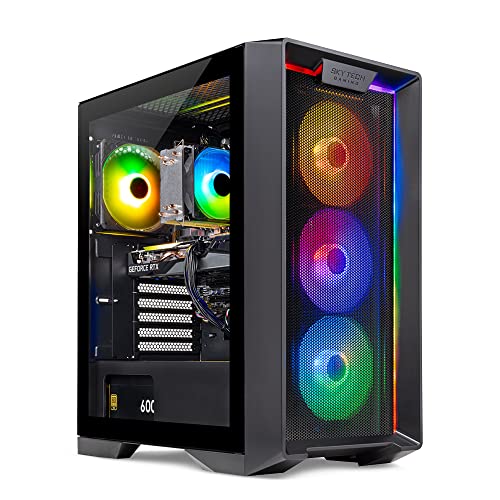
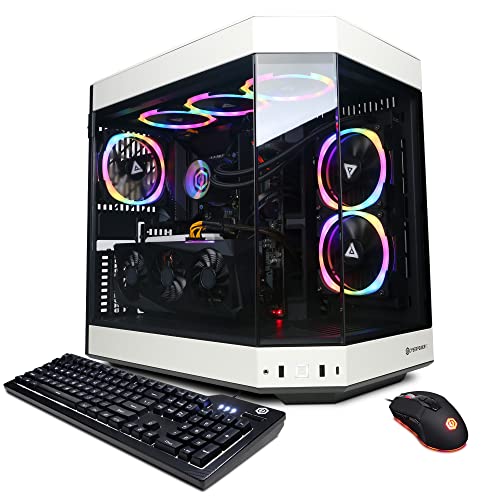
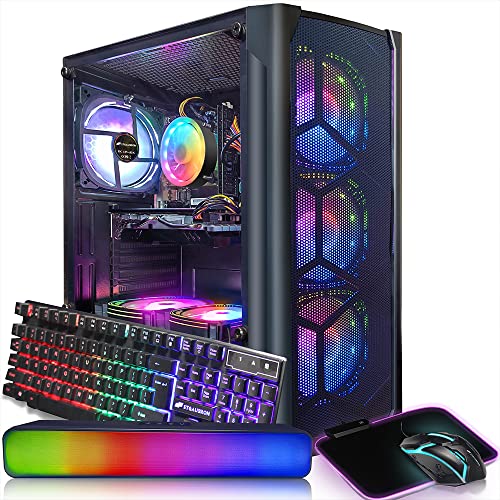
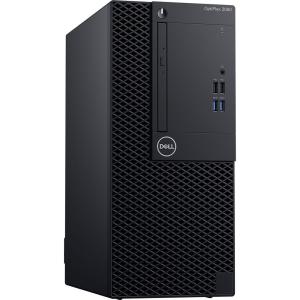
Custom PC Troubleshooting
Related Articles
Essential High-Performance PC Components You Need Now
Upgrade your setup with the must-have parts for unbeatable gaming and productivity
Top Picks for Best High-Performance PCs
Find the perfect power machine for gaming, work, or creative projects
Your Guide to the Best High-Performance PCs
Find the Right PC for Your Gaming and Creative Needs
View our related products
See more



